The Punta Popper Urban Nature Reserve is one of the lesser-known ecological sites in Tierra del Fuego. With an area of just 1.23 hectares, this small natural haven has gained recognition as part of the Western Hemisphere Shorebird Reserve Network (WHSRN), with the category of “Hemispheric Reserve.” It also ranks #5 among the 17 recommended attractions in Río Grande, with a 3.9 rating based on 19 reviews.

What makes this reserve special is its crucial role in protecting wintering grounds for migratory birds, especially “shorebirds” that escape the boreal winter by migrating to our austral summer. It also serves as a nesting area for species such as the Black-faced Ibis, Upland Goose, Peregrine Falcon, and Two-banded Plover. During hikes along the Punta Popper trails, we’ve found it to be an ideal spot for birdwatching and hiking in Ushuaia, with the added bonus that you’re unlikely to encounter many people. Without a doubt, this is a natural treasure offering a unique opportunity to preserve vulnerable species and educate the public on the importance of conservation in Tierra del Fuego.
What to Do at Punta Popper Urban Nature Reserve
When visiting the Punta Popper Urban Nature Reserve, you’ll find several activities to connect with Fuegian nature without venturing too far from the city of Río Grande. This natural space primarily offers hiking, birdwatching, and educational and scientific activities.
If it’s your first time in Ushuaia and you’re looking for something off the beaten path, this is a great option. The main trail is a 1.3 km loop that can be completed in about 30 minutes round trip. It is well-marked and has cell phone coverage, which adds a layer of safety to your experience. The path follows a lightly eroded trail designed to minimize environmental impact while allowing you to enjoy the most interesting viewpoints.
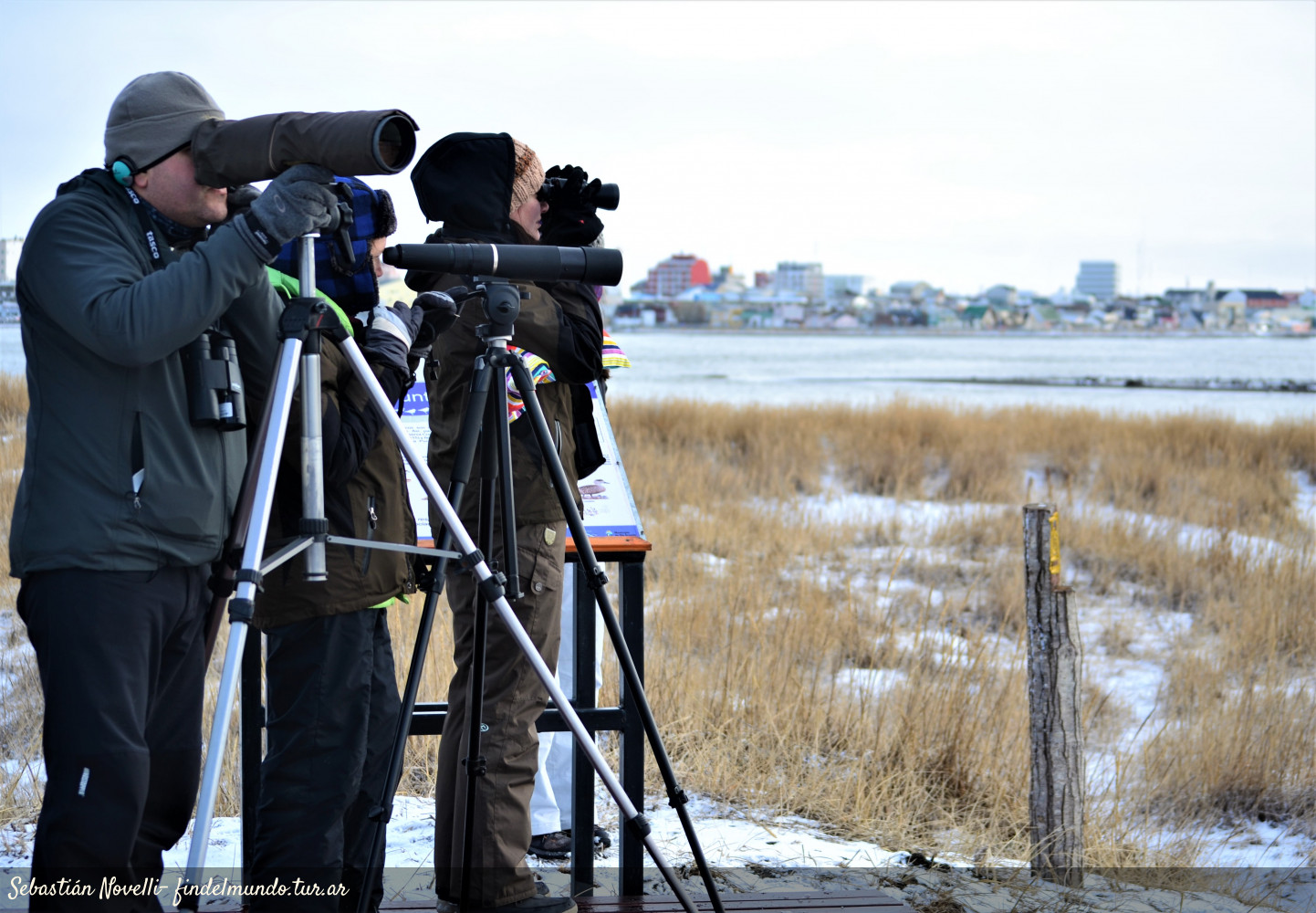
Birdwatching is undoubtedly the highlight at Punta Popper. This location stands out for its high concentration and diversity of species, especially migratory shorebirds such as the Hudsonian Godwit, Red Knot, and White-rumped Sandpiper. You may also spot nesting species such as the Black-faced Ibis, Upland Goose, Peregrine Falcon, and Two-banded Plover.
Along your walk, you’ll find strategically placed viewpoints offering spectacular views of the estuary where the Río Grande river meets the sea. Informational signs along the trail help you identify species and better understand the local ecosystems.
Some recommendations to keep in mind: stay on the marked trail and don’t approach the coastline, as the tide can rise quickly. Be prepared for strong winds, which are common in the area and can make walking more challenging.
Entry to the reserve is free of charge, making it an excellent option for cost-free hiking and nature activities. Many visitors take advantage of the site to photograph bird flocks, enjoy a picnic, or simply relax with a cup of mate when weather permits.
Location and Geographic Features of Punta Popper
Punta Popper is located in the northeastern sector of Isla Grande de Tierra del Fuego, in the city of Río Grande, province of Tierra del Fuego, Antarctica and South Atlantic Islands. Its exact coordinates are 53°46′46.33″S 67°39′57.39″W, placing it in the southernmost region of Argentine Patagonia.
This geographic feature forms the tip of a 2 km long triangular peninsula that rises only 7 meters above sea level at high tide. Its structure is fascinating: it stretches like a bar or spit ending in a hammer-shaped head, with a ridge that is submerged during high tide.
A distinctive feature of Punta Popper is its role as a divider between two bodies of water. On its western side, it borders the estuarine waters of the Río Grande’s mouth, while its eastern coast faces the oceanic waters of the Argentine Sea. The city of Río Grande lies directly opposite this formation, separated only by the river’s mouth.
The coastal landscape here is unique, featuring low, sandy, and silty shores with an abundance of pebbles. The marine border continues southeast in a low, straight line for 11 km until reaching Cape Peñas, which rises over 30 meters above sea level. In the opposite direction, northwest past the Río Grande and the city, the coast also remains low and straight until it ends at Cape Domingo, with a height of 90 meters.
The local climate is semi-arid, with an average annual temperature of approximately 5.5°C (41.9°F). Annual precipitation is about 361 mm, distributed fairly evenly throughout the year and mostly falling as snow in winter.
One of Punta Popper’s most striking features is its significant tidal range, which can reach up to 10 meters. At high tide, the sea covers all the muddy ridges surrounding the cape, but during low tide, a large area of the seabed is exposed. Waves in this area can reach heights between 7 and 10 meters.
Lastly, it’s worth noting that this is one of the windiest places on Earth, with strong winds blowing year-round, especially in spring, primarily from the west and southwest, often exceeding 100 km/h.
Practical Tips for Your Visit

To make the most of your visit to the Punta Popper Urban Nature Reserve, there are several practical tips to consider. First of all, entrance to this natural space is completely free, making it an excellent choice for budget-friendly outdoor activities.
Opening hours are from 6:00 a.m. to 8:00 p.m., so plan your visit within this timeframe to fully enjoy the experience. During your walk, you can follow marked trails, watch birds, and take part in educational and scientific activities.
However, it’s important to stay on the trail and avoid approaching the coast, as the tide rises quickly. Strong winds typical of the region may also pose challenges, so be sure to dress appropriately.
To help preserve this unique place and ensure other visitors can enjoy it too, please follow these basic guidelines:
- Leave the reserve cleaner than you found it
- Carry out all your trash and toilet paper
- Avoid using plastic and disposable items
- Keep a safe distance from wildlife
- Respect signage and infrastructure
- Use only existing trails
- Avoid excessive noise to preserve natural sounds
If you plan to photograph birds, many visitors recommend bringing suitable equipment, especially during tidal changes when shorebird activity increases.
Although the reserve is open year-round, wind-free days are ideal for a peaceful hike or simply sitting and sipping mate while enjoying the view where the river meets the sea.
Environmental Education and Conservation
Environmental conservation is one of the core missions of the Punta Popper Urban Nature Reserve, which has been declared a site of significant environmental interest for bird conservation. This area not only physically protects the ecosystem but also serves as an educational center to raise awareness about the importance of preserving our natural environment.
Argentina’s Ministry of the Environment has made a significant investment to strengthen environmental education in the reserve, including the construction of a strategic viewpoint and an environmental information office. Additionally, LED lighting and solar panels have been installed, showing a strong commitment to sustainable energy and reinforcing the conservation message.
Educational resources available at Punta Popper include:
- Technological tools like laptops and cameras
- Scientific instruments including microscopes, water thermometers, and magnifying glasses
These tools allow for hands-on activities that help visitors—especially students—understand ecological processes and the human impact on the local environment. The reserve is an ideal place to learn about the native steppe ecosystems of Tierra del Fuego.
Study methods developed at Punta Popper also serve as lesson plans for secondary schools in Río Grande, contributing to long-term databases that help monitor changes in this time of climate crisis. This educational approach fosters scientific skills and critical thinking among youth.
Additionally, the reserve protects the Río Grande basin, its functionality, and its interaction with the Atlantic coast. Its classification as a “Coastal Nature Reserve” under Provincial Law No. 415 of 1998 and later as an Urban Nature Reserve by Municipal Ordinance 3042 in 2012 reinforces its importance for conservation in Tierra del Fuego.
The educational experience at Punta Popper seeks to foster empathy for biodiversity and promote a deep transformation in environmental awareness among local communities and visitors to Ushuaia—an essential step for the long-term protection of these unique and vulnerable ecosystems.
Conclusion
Visiting the Punta Popper Urban Nature Reserve means immersing yourself in a unique corner of Tierra del Fuego where southern nature reveals itself in all its splendor. This small natural sanctuary is a must-visit for those who enjoy hiking in Ushuaia and are looking for authentic experiences beyond the typical tourist routes.
Throughout the year, Punta Popper offers ever-changing landscapes. In spring, wildflowers begin to bloom as migratory birds return; summer brings longer days perfect for extended walks; autumn paints the landscape in warm hues; and winter, though more challenging due to the weather, offers spectacular snowy coastal views.
Beyond the previously mentioned activities, the sunsets at Punta Popper are truly unforgettable. The colors of the sky reflecting on the estuary where the Río Grande meets the Argentine Sea create postcard-worthy scenes for amateur and professional photographers alike.
An additional advantage of this reserve is its strategic location. If you’re traveling through Tierra del Fuego, you can easily include Punta Popper in your itinerary without major detours. In fact, many travelers visit it as a perfect complement to other excursions in the area.
Ultimately, what makes this place special is the deep connection with the Fuegian environment it offers—without straying too far from civilization. Unlike other more remote protected areas, here you can experience the magic of Patagonian nature and return comfortably to your accommodation the same day.
Finally, remember that each visit to Punta Popper indirectly contributes to the conservation of this valuable ecosystem and supports a vital educational space for future generations. The experience not only enriches the visitor but also helps preserve the natural heritage of Ushuaia and Tierra del Fuego.
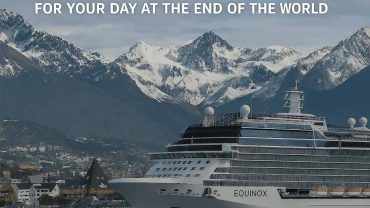
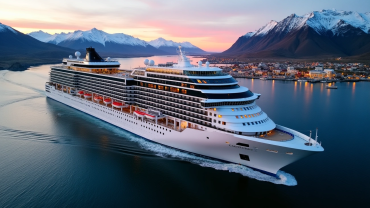
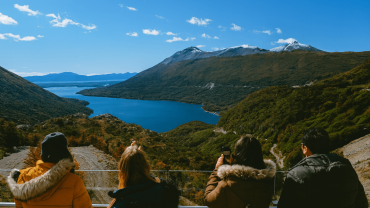
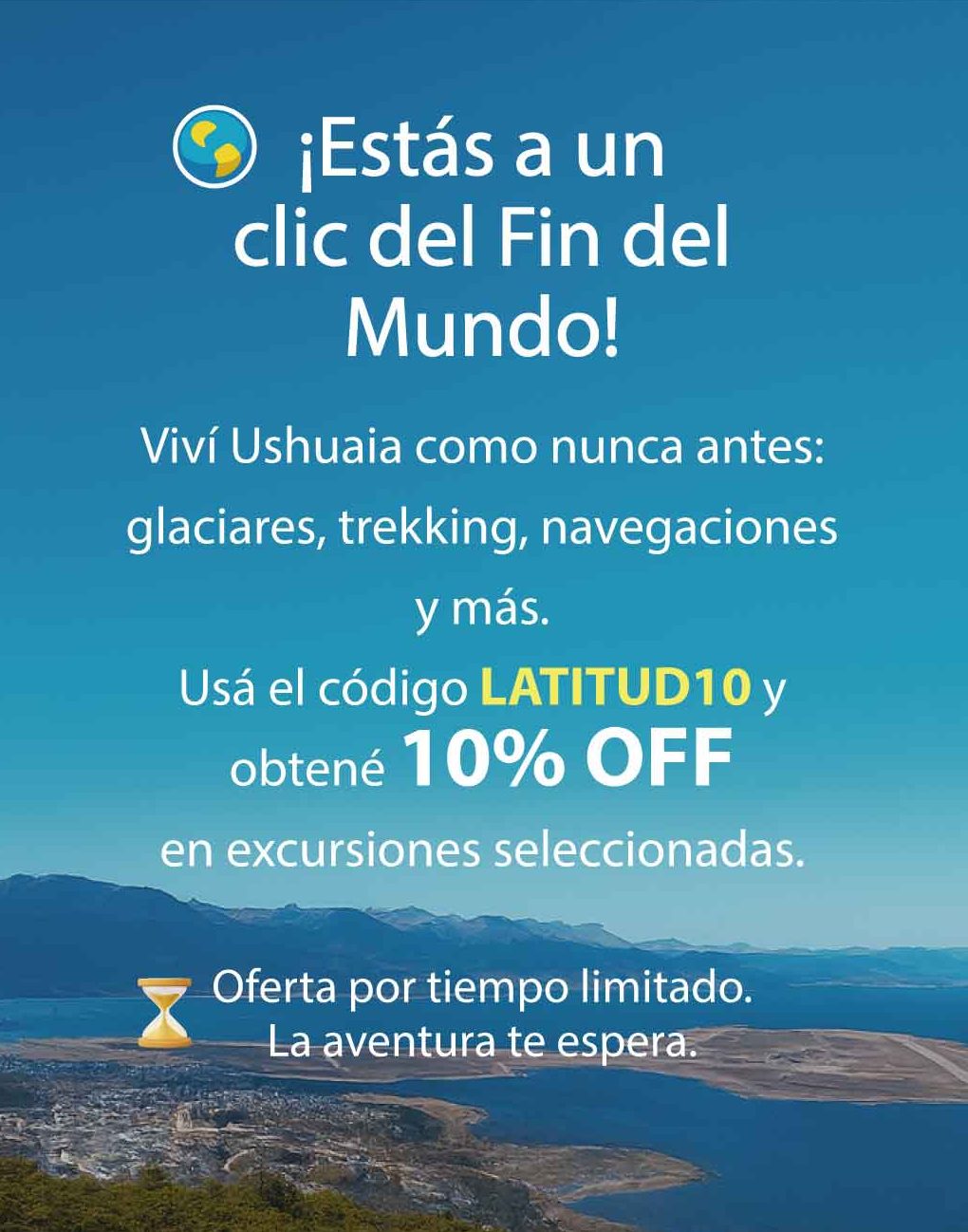
Comment (0)